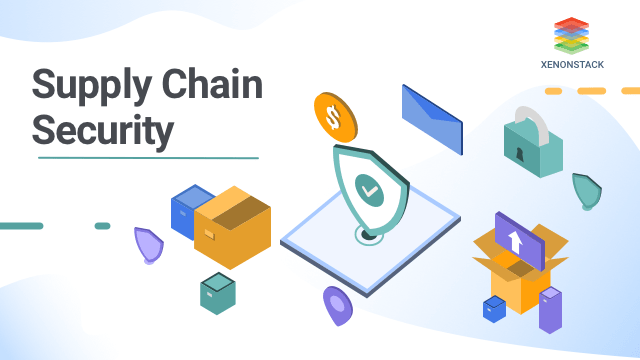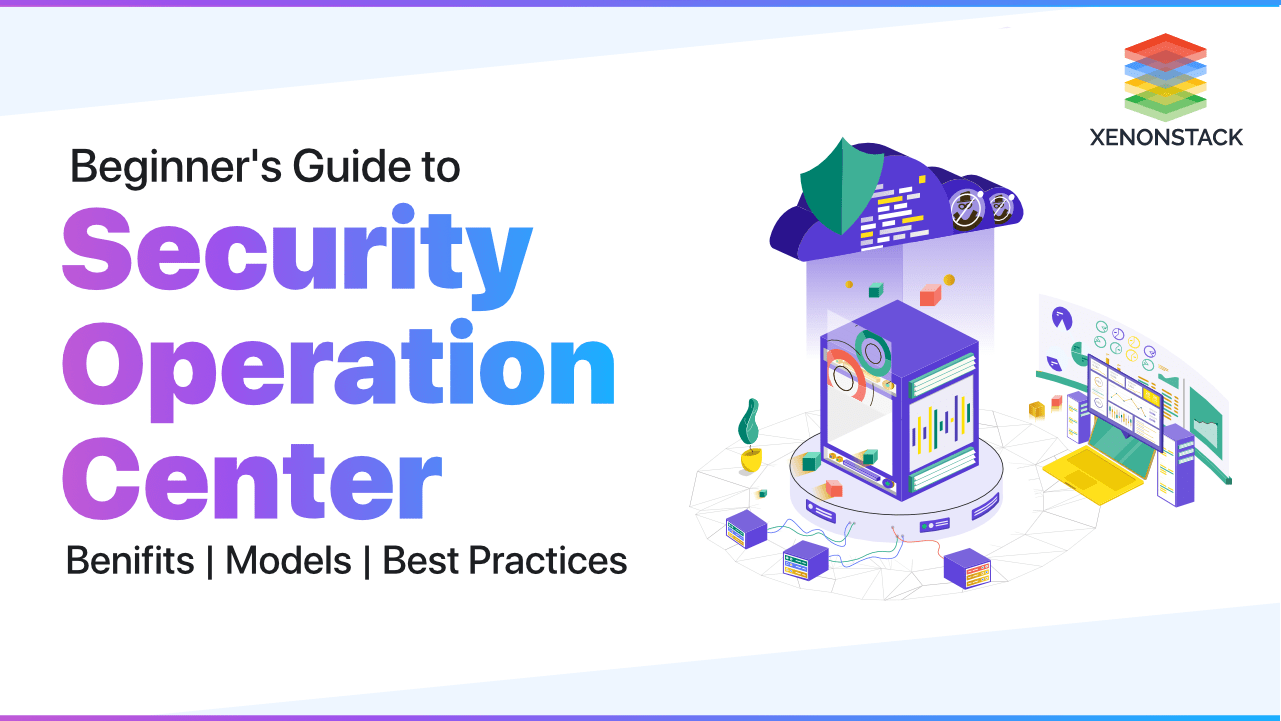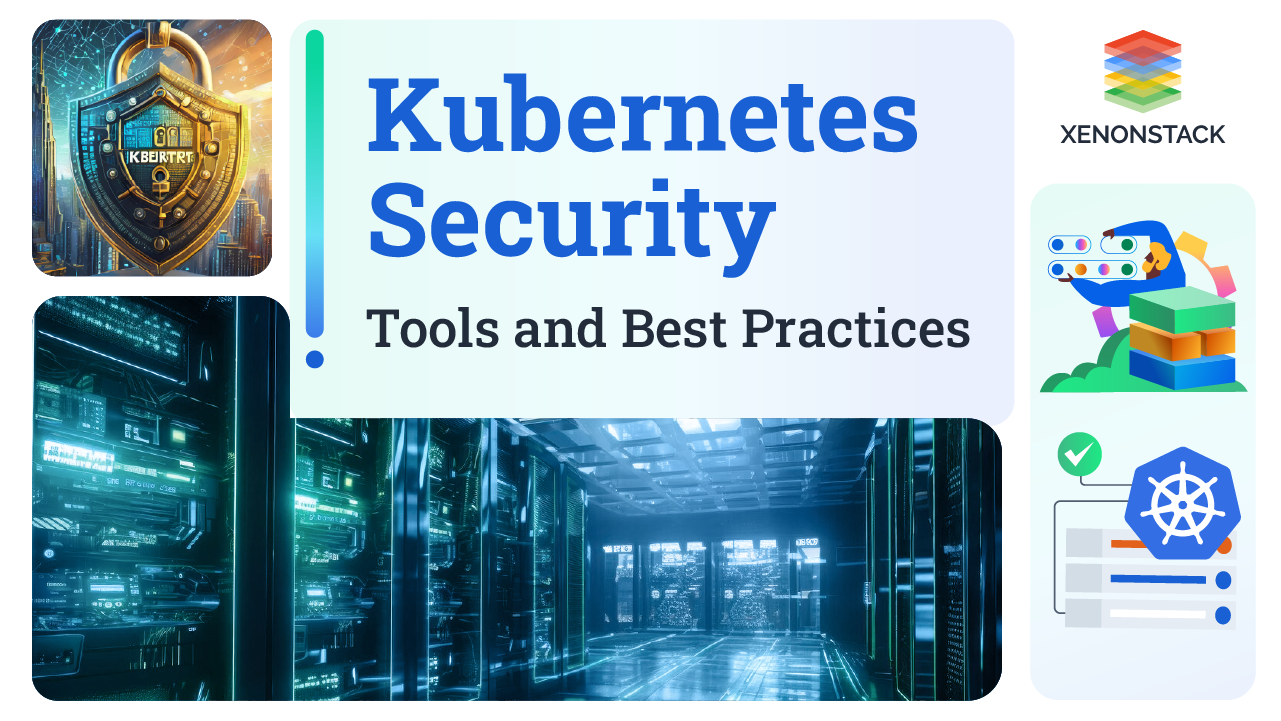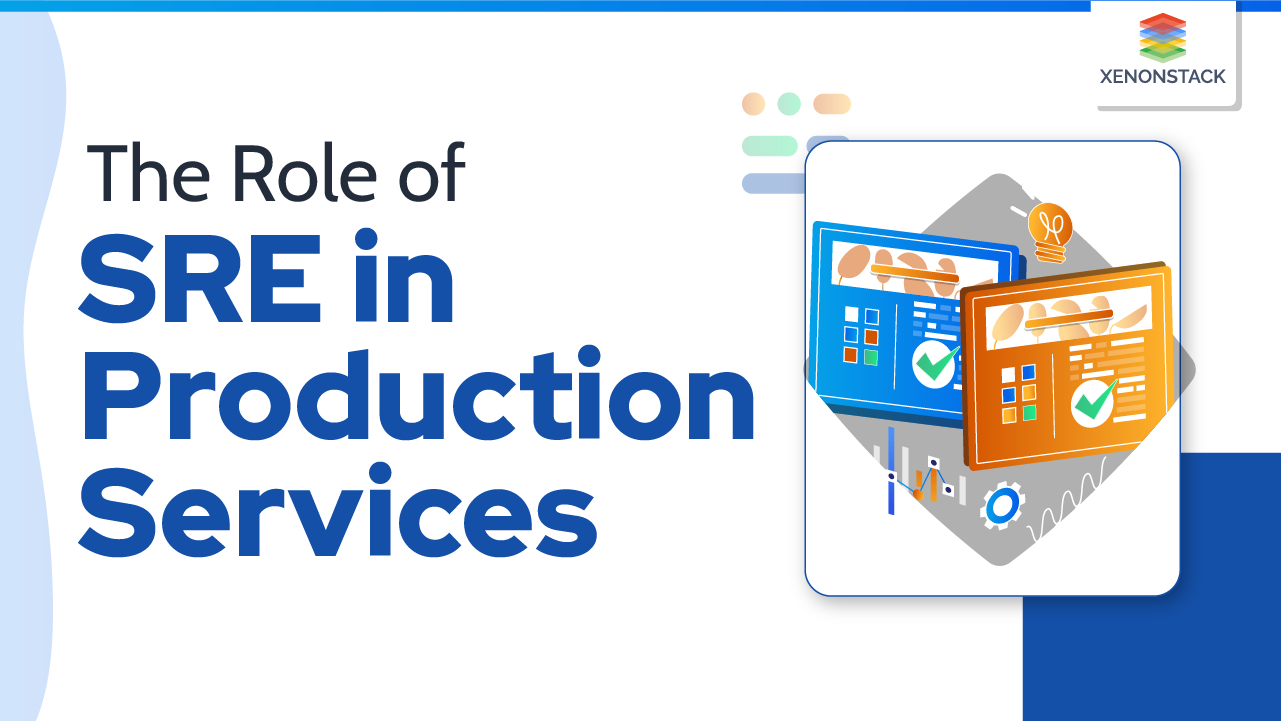
Introduction to Supply Chain Security
Supply chain security is the component of supply chain management (SCM) that concentrates on reducing risk for supply chain, logistics and transportation management systems. The purpose of supply chain security is to recognize, assess and prioritize efforts to control risk by layered defences in an agile way. This needs a multifaceted approach to protecting the checkpoints, assets and infrastructures involved with the production of a product. Supply chain security also brings into account the rules set by government bureaus, like homeland security or customs laws for global supply chains. Major challenges and risks include
- Inadequate data security practices by suppliers.
- Legacy System
- Vulnerable data storage providers
The initial step in supply chain security is to recognize any potential defects in a system. Overall organizational risk management practices should later be adjusted to accommodate and address those defects. Collaboration with a provider can further help organizations find vulnerabilities and make improvements inside the supply chain.Three Rs of Enterprise Security addresses all the three ingredients and helps to eliminate each loophole.
Traditional vs Software Supply chain
A supply chain is a link between entities such as producers, vendors, transportation companies, distribution and consumers to produce and distribute a product or service. Software source, components and packages that enter delivery, pipelines at different stages and impacts the delivered output.
What is Software Supply Chain Security?
Supply chain security introduces to efforts to improve security inside the supply chain. It is a subset of supply chain security, and it also focused on the administration of Cybersecurity demands for information technology systems, Software and channels which are driven by warnings such as malware, information theft, Cyber terrorism, and advanced persistent threat. Supply chain Cybersecurity projects for reducing risks involve purchasing only from trusted merchants, separating critical machines from outside networks, and training users on the threats and protective measures they can take.
The two essential security risks that affect the software supply chain include:-
- A disruption that delays software delivery Infusion of malicious or inferior software components
- Some popular circumstances on which attacker always attack to collect the data.
Attack target: Phase-locked loop || Credit card information || Competency || Credentials || Business data || Open source Commercial off-the-shelf
- Modification during development
- Manipulation of design specification
- Alteration and manipulation during distribution
- Security domain-specific attack
Supply Chain Security Attacks
A supply chain attack is a Cyber-attack that seeks to destroy a business by targeting less-secure components in the supply chain. A supply chain attack can happen in any business, from the commercial area, oil business or government sector. Cyber-criminals typically tamper by the building process of a product by installing root-kit observing components.
How do Supply Chain Security attacks work?
British Airways While 2018 the British Airways website payment sector contained code that harvested customer payment data. The inserted code was explicitly formulated to route credit card data to a website in a domain baways.com, which could erroneously be though belonged to British Airways.
Target Throughout 2013, Target, a US retailer, was hit by one of the most significant data breaks in the story of the retail business. Around 40 million client's credit and debit cards became susceptive to fraud after malware was entered into the POS system near about 1,800 stores.
Some more fact and figure are:- First detected on Sept. 25, was likely targeting its C Cleaner business in a supply chain attack. C Cleaner, which is Software that fights infections in PCs, was previously infiltrated by attackers in 2017 and led to the compromise of 2.27 million people's systems. Tyupkin malware working in the starting of 2014 on more than 50 ATMs at funding organizations in the eastern part of the European continent, is assumed to have spread at the time to the US, India, and China. The malware affects ATM's from significant manufacturers running Microsoft Windows 32-bit operating systems. The malware display information on how much money is available in every machine and enables the attacker to withdraw 40 notes from the selected case of each ATM.
Observe and secure your Software Supply Chain with DevSecOps CI-CD Pipeline Click to explore about, Security for Cloud-Native Apps and APIs
Supply Chain Security Best Practices
- Restrict the use of outer Software by avoiding the use of Software that you do not need.
- Most of the attacks originate from widely-used "freeware". Determine if you want that Software. If no, do not permit us to use it. This law also refers to web browser extensions and plugins.
- Observe your Cyber risk for third-party attacks. The victim of a software supply-chain attack might hold one of your third merchants and attackers may spread to you.
- Use Intrusion Detection Systems (IDS) and Intrusion Prevention Systems (IPS) systems to detect exceptions in your order.
- Patch control is also essential to avoid such attacks.
Holistic Approach to Supply Chain Security
Integrating Security Policy helps Enterprises to enable effective Threat Monitoring, faster Intrusion Response and Threat forecasting solutions. To discover more about security offerings we advise taking the following steps -- Learn more about The Complete Guide to Security Operation Center
- Explore about Application Security Best Practices


